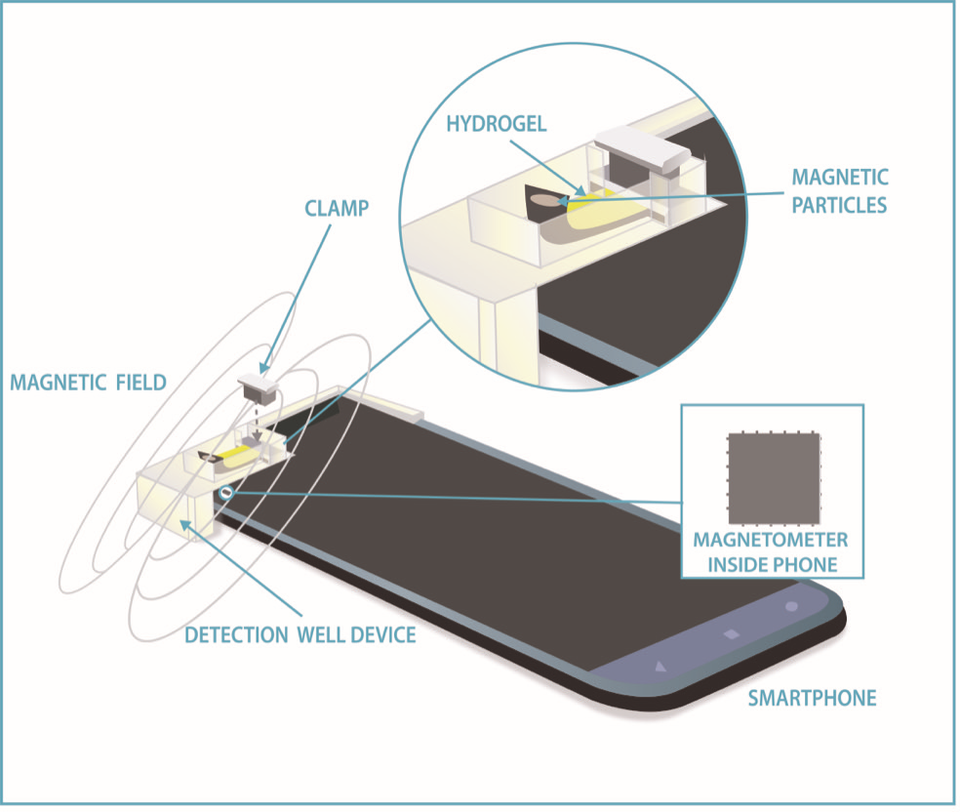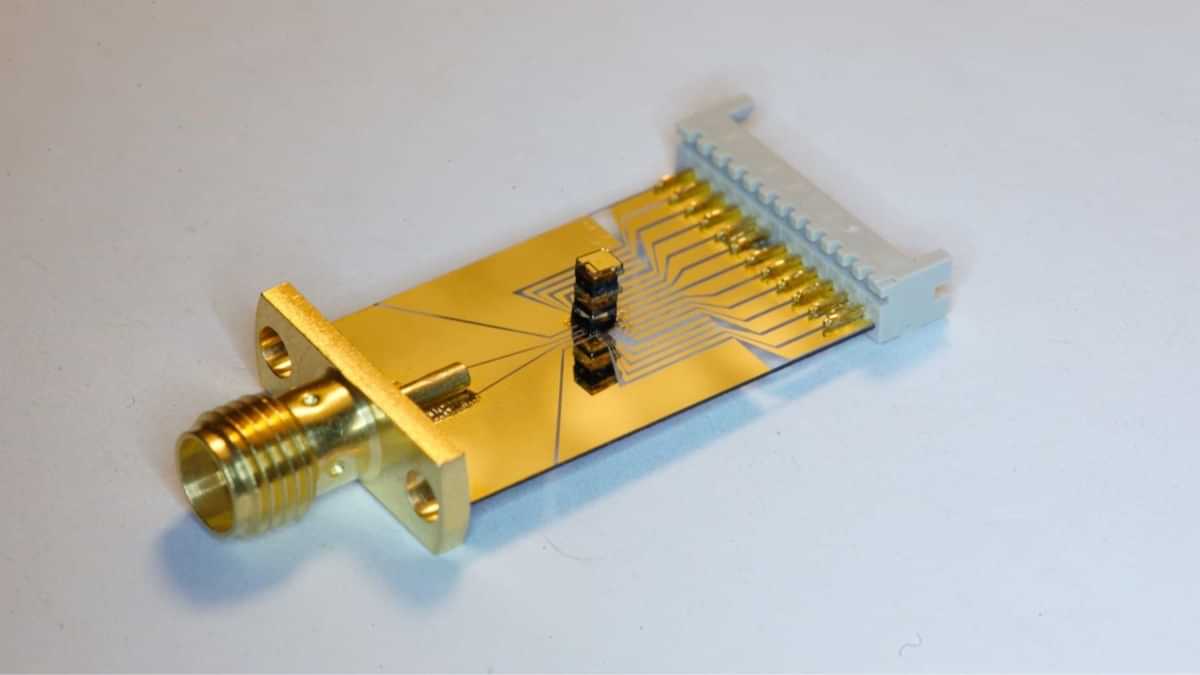Researchers from the National Institute of Standards and Technology (NIST) have developed a technology that can measure glucose using a magnetometer on a smartphone. The technology is sensitive enough to pick up glucose in a drop of blood, but can potentially detect glucose levels in saliva as well. The technology can potentially be adapted to detect other compounds associated with human health.
A chip-scale atomic magnetometer. (Image Credit: J Kitching/NIST).
New Delhi: A team of researchers from the US National Institute of Standards and Technology (NIST) has used the magnetometer found on standard smartphones to measure glucose levels. The technology can be adapted to rapidly and cheaply measure a number of compounds to diagnose human disesases. The technology can also be potentially modified to detect environmental toxins.
For the demonstration, the researchers clamped a detection well device to the smartphone, containing the sample to be tested along with a strip of hydrogel. Hydrogel is a porous material that swells up when immersed in water. Tiny magnetic particles were embedded within the hydrogel, which could be programmed to react either to changes in acidity levels, or the presence of glucose.

How a smartphone can detect glucose. (Image Credit: K Dill/NIST).
When the hydrogels enlarged or shrank, the tiny embedded magnetic particles moved closer to or further away from the smartphone. Smartphone magnetometers are sensitive enough to pick up the corresponding changes in the magnetic field. The researchers were able to detect concentrations of glucose in a small blood sample. Potentially, in the future, the method can be used to detect glucose in saliva, which has far lower glucose concentrations than blood.
A paper describing the findings has been published in Nature Communications. One of the study authors, Mark Ferris says, “An at-home test using a cellphone magnetometer sensitive to nanomolar concentrations would allow measurements to be done with much less hassle.”
There are many advantages to the tech
The technology does not depend on any external power source apart from the smartphone itself. The samples also do not require any processing, allowing the test to be conducted in an inexpensive way, and in remote locations with few resources. Improvements to the technology can potentially allow detection of DNA strands, particular proteins and specific histamines, all of which are involved in the immune response, and are present in low concentrations. The engineers are working on an approach to mass produce the hydrogel chips, and maintain their stability for long periods of time.





